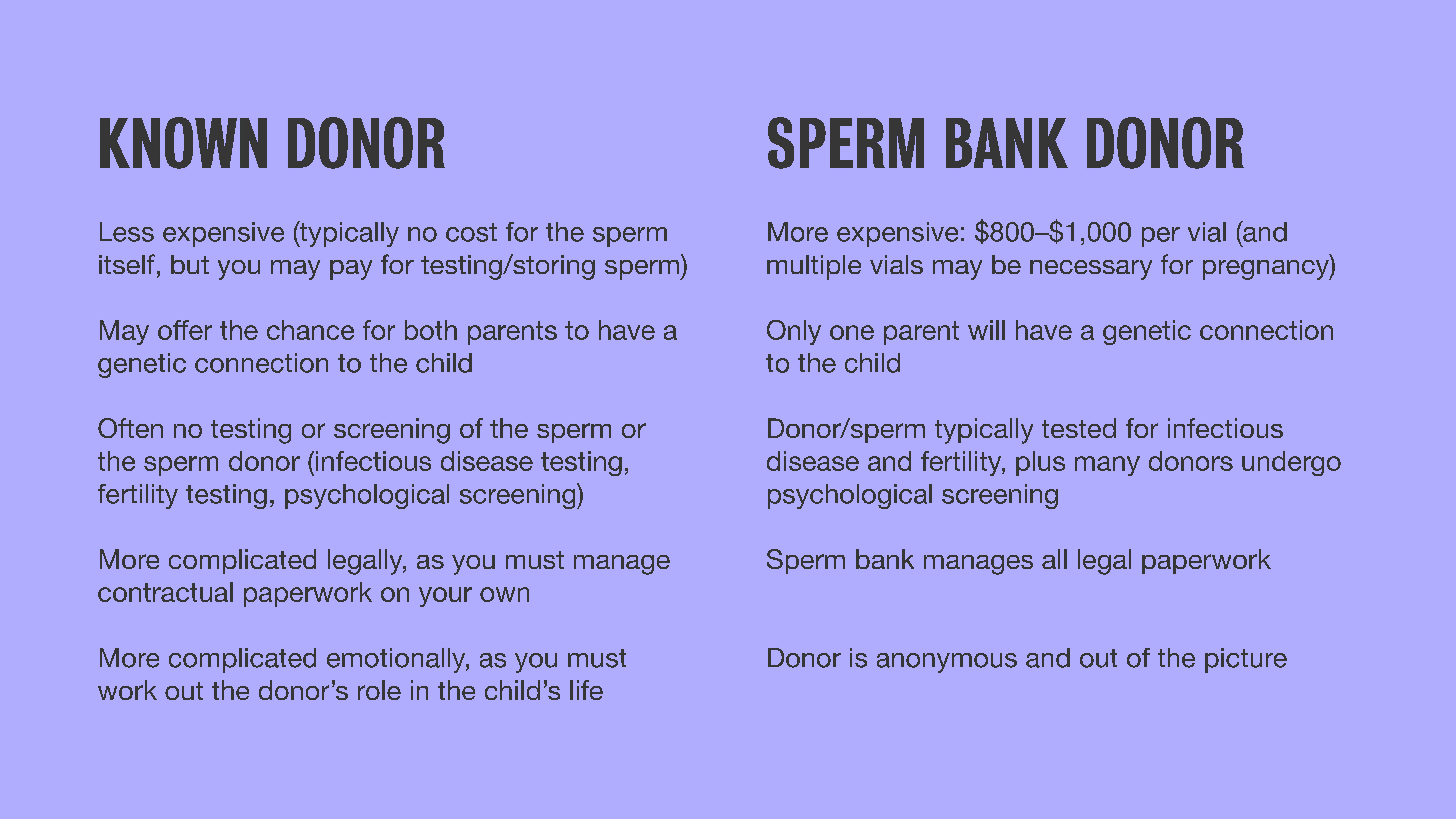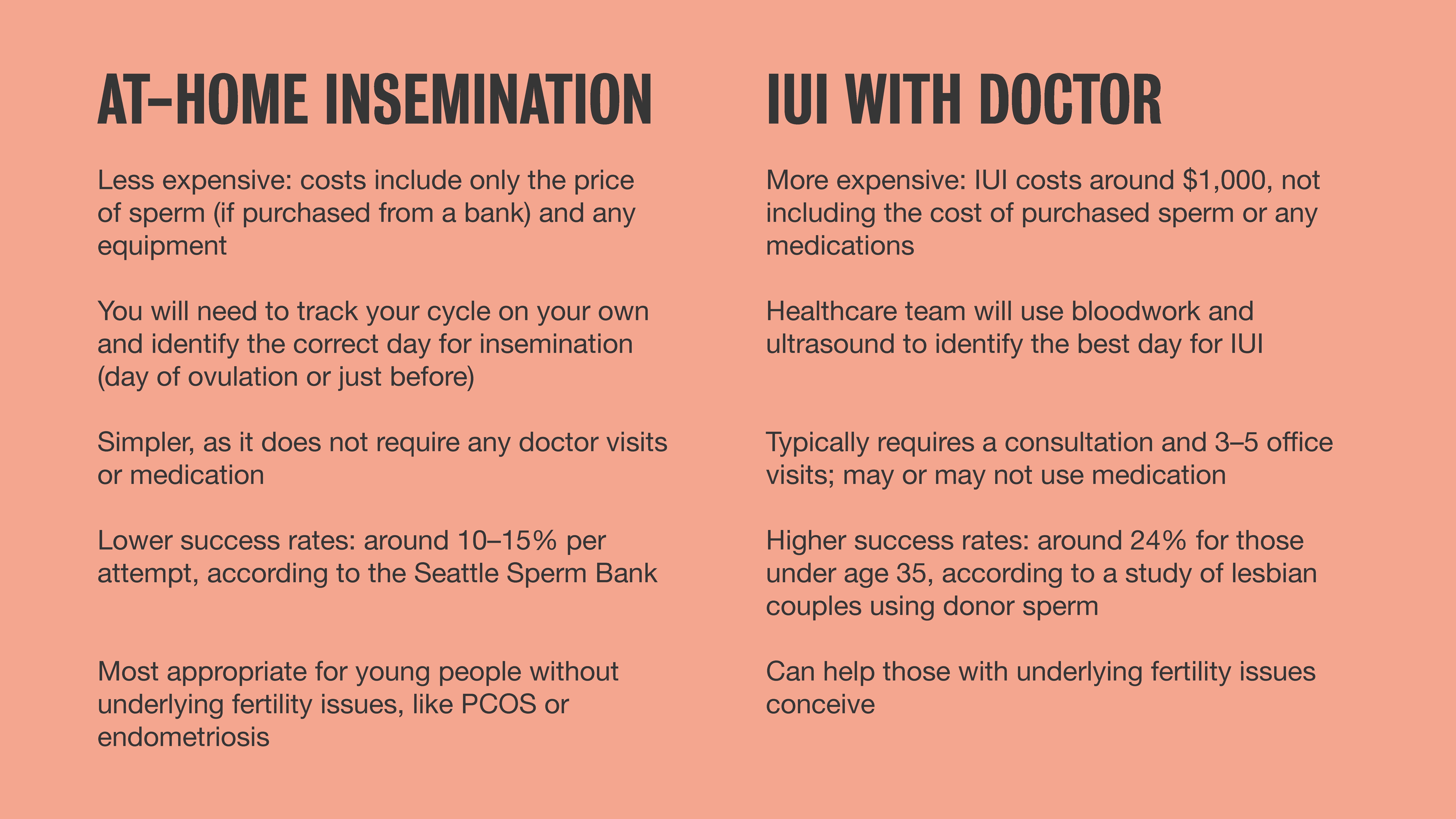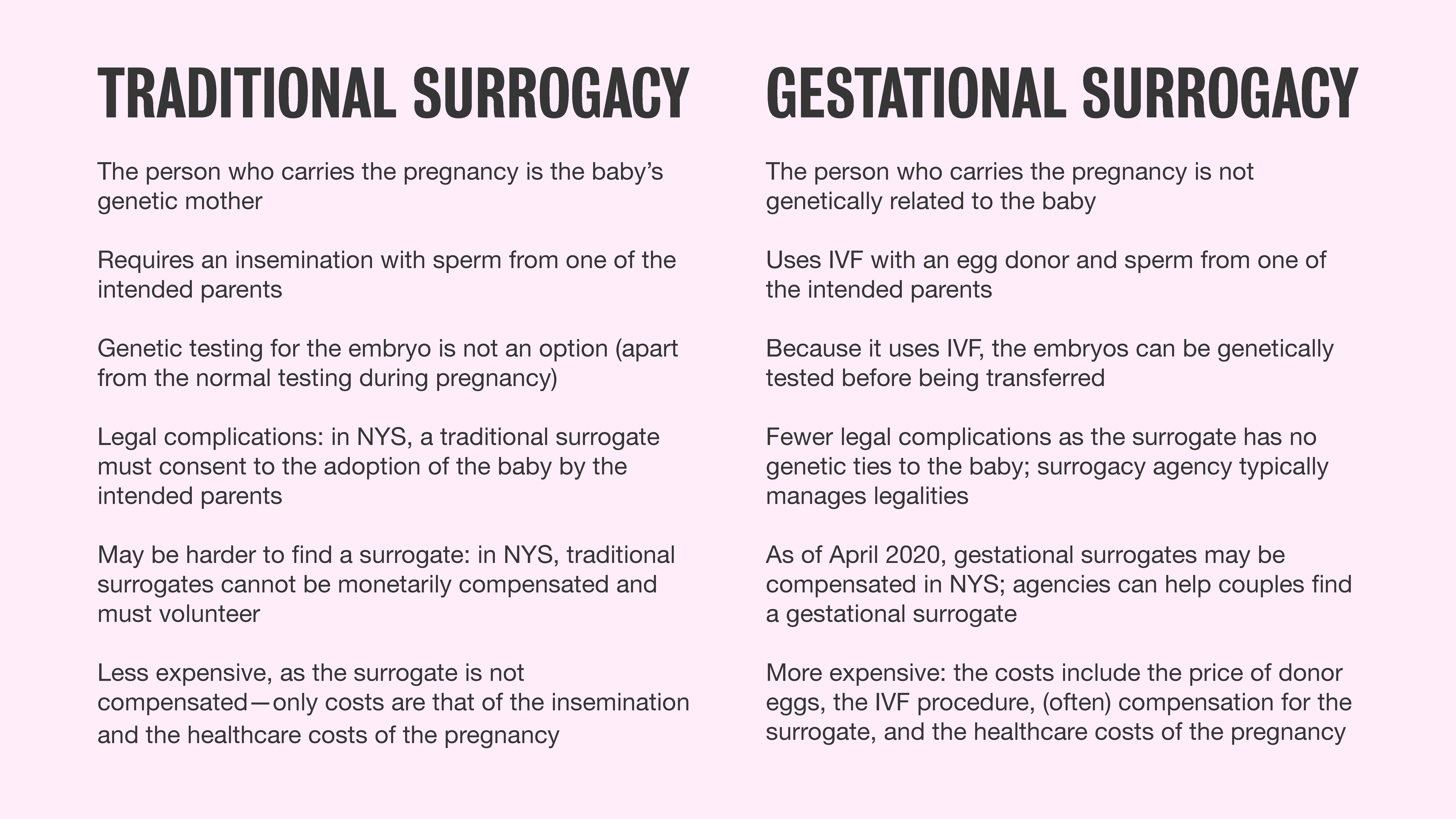
Starting your family should be about love and excitement, not worrying about discrimination. If you’re an LGBTQ individual or couple in New York thinking about having children, you’re in one of the best places in the country to make that dream a reality.
New York has become a leader in protecting and supporting LGBTQ families, with recent legal changes that have improved access to fertility care and financial coverage. Your path to parenthood might look different, but that doesn’t make your journey any less valid.
Whether you’re just starting to explore your options or you’ve been thinking about parenthood for years, this guide will help you understand what’s possible, what’s covered, and how to start growing your family.
Why New York is Leading the Way for LGBTQ Families
New York has worked hard to dismantle barriers and create protections for queer families. These key policy changes represent a fundamental shift in how the state approaches fertility care and family building.
Here are a few of the main protections you should know:
Fertility Treatments and Insurance Coverage
In 2021, New York issued a groundbreaking directive requiring fertility coverage for same-sex couples. Insurance companies can no longer make same-sex couples jump through hoops or pay out-of-pocket for months before covering fertility treatments.
If an insurer covers treatments for heterosexual couples, they must also cover treatments for same-sex couples immediately, without waiting periods.
Legal Surrogacy
After years of being one of the few states that banned compensated surrogacy, New York legalized gestational surrogacy in 2021 through the Child-Parent Security Act (CPSA). This gives male same-sex couples and others who need a gestational carrier more family-building options.
Strong Parental Rights Protection
New York recognizes both parents in same-sex marriages on birth certificates. The state also has robust protections for establishing parental rights through second-parent adoption when needed.
Note: A non-biological parent may not have full legal protection of their rights, even if they’re married to the biological parent and listed on the child’s birth certificate. Many couples choose to do a second-parent adoption for added security, especially if they might move or travel to a less LGBTQ-friendly state.
Healthcare without Discrimination
Under New York law, transgender individuals are explicitly protected from discrimination in healthcare, guaranteeing their right to access fertility preservation and other services without fear of judgment or denial of care.
Behind these policy changes are real families who fought for recognition and support. New York has said it loud and clear: Love makes a family, and every loving family deserves a fair chance at parenthood.
Fertility Options for People with Ovaries
When one or both partners have ovaries, you have several paths to pregnancy. Each has different costs, success rates, and emotional aspects to consider.
Donor Options for Getting Sperm
The Traditional Route: Sperm Banks
Most couples start here, and for good reason. Sperm from reputable banks is thoroughly screened for health, fertility, and infectious diseases, and it’s quarantined for at least six months for HIV testing. Since the donor has no parental rights, you don’t have to worry about future complications.
The most common types of donor arrangements are directed (known) donors—individuals the prospective parents know personally—and nonidentified or deidentified donors. You may also hear people refer to nonidentified/deidentified donors as ‘anonymous’ donors, though anonymity is no longer realistic with the prevalence of DNA testing technology.
Vials cost between $500 and $1,500 each, and you may need several attempts. It adds up quickly, but many find the peace of mind worth the investment.
A More Personal Approach: Directed Donors
Maybe you have a friend or family member who wants to help you build your family. This can feel more meaningful and cost less upfront, but it requires careful planning.
In New York, you still need a proper sperm donation agreement and medical supervision to protect everyone’s rights. Without these safeguards, a directed donor could claim parental rights later on.

Treatment Methods
Intracervical Insemination (ICI)
This is the most common starting point for many LGBTQ couples. You can start building your family, often in the comfort of your home, using a needleless syringe. Though the success rate for ICI is lower—around 10-15% per attempt—it’s the least expensive option and less medically invasive.
The challenge is timing ovulation and accepting that it might take several cycles. If you’re using expensive donor sperm, those costs can add up even with the lower procedure costs. Barriers to conception, like endometriosis or other reproductive disorders, may also go undetected.
Intrauterine Insemination (IUI)
IUI performed by a medical professional gives you much better odds. Success rates for lesbian couples using IUI with donor sperm are around 24% for those under 35 (the sample included both medicated and unmedicated cycles). You’ll track your ovulation using an ovulation predictor kit (OPK), and in some cases, your doctor may order a blood test or ultrasound.
Yes, IUI costs more per cycle. But when you’re paying hundreds (even thousands) of dollars for sperm, the improved success rate often makes financial sense. Plus, in New York, IUI is typically covered by insurance for LGBTQ couples.

In Vitro Fertilization (IVF)
If you don’t get pregnant with IUI after several cycles, IVF, which offers higher success rates, is typically the next step. It’s more involved—with daily hormone injections, a surgical procedure for the egg retrieval, and fertilization of eggs in the embryology laboratory—but it also gives you options like genetic testing of embryos and the ability to freeze embryos so you can have more than one child from a single IVF cycle.
New York requires insurance plans to cover three IVF cycles, which can save you tens of thousands of dollars.
Learn more about the cost of IVF.
Reciprocal IVF
This is a wonderful option for couples who want both partners to contribute biologically. One partner provides eggs, which are fertilized with donor sperm, and the embryo is transferred to the other partner for pregnancy. In one study, 60% of couples with an average egg provider of age 32 had a live birth.
Reciprocal IVF is more expensive—anywhere from $10,000 to $25,000 or more per cycle, plus medications—but many couples find the shared experience to be emotionally invaluable.
Learn more about reciprocal IVF for LGBTQ couples.
Special Consideration for Trans Men
If you’re a trans man considering biological children, timing matters. Testosterone therapy usually leads to the cessation of ovulation and periods, and the long-term side effects on fertility aren’t fully understood.
Egg freezing before or early in your transition gives you the most options later. You could carry a pregnancy yourself after pausing testosterone, use your eggs with a partner through reciprocal IVF, or work with a gestational surrogate. Your frozen eggs remain viable for years, so there’s no rush to decide.
Learn more about egg freezing for trans men.
Fertility Options for People Who Need Both Egg Donation and Surrogacy
The process of securing an egg donor and gestational surrogate is more complex, but it’s still achievable for many couples.
Gestational vs. Traditional Surrogacy
Gestational surrogacy—when your surrogate has no genetic connection to the child—is now legal with fair compensation.
Traditional surrogacy—when a surrogate uses their own egg—must still be altruistic in New York. Most couples choose gestational surrogacy because it’s legally clearer and often easier to find willing surrogates.

Working with Agencies vs. Going Independent
While you can find your own surrogate, working with a reputable agency often makes sense. They handle screening for health, fertility, and emotional readiness, plus they manage all the complex contracts and coordination. The legal and emotional stakes are high enough that professional support is usually worth the extra cost.
Egg Donation
You’ll also need donor eggs, which you can get from non-identified donors through egg banks or agencies, or from someone you know personally. With advances in egg freezing technology, there are now egg banks where donated eggs are available for purchase.
The process involves coordinating the egg donor’s cycle with your surrogate’s cycle for fresh transfer or using frozen eggs for more scheduling flexibility.
The Financial Reality of Surrogacy
We won’t sugarcoat it: Surrogacy is expensive. When you include surrogate compensation, medical care, egg donation, legal fees, and agency costs, it’s usually over $100,000. But couples find creative ways to make it work through payment plans, loans, grants, or family support.
Unfortunately, insurance coverage for surrogacy is still limited.
Managing the Costs of LGBTQ Fertility Treatments
Many fertility-related expenses qualify for health savings accounts (HSAs) and flexible spending accounts (FSAs), which can provide significant tax savings. This includes consultations, testing, medications, and procedures.
Most fertility clinics also offer payment plans or work with financing companies that specialize in fertility treatment. Some even offer ‘shared risk’ programs where you pay upfront for multiple cycles and get refunds if treatment isn’t successful.
Finally, several organizations offer grants for LGBTQ individuals and couples pursuing fertility treatment. While they typically don’t cover full treatment costs, every bit helps!
Next Steps Along Your Fertility Journey
If you’re feeling ready to take steps toward building your family, here’s how to get started:
- Schedule a fertility consultation. Most reproductive endocrinologists offer initial consultations where you can discuss your goals, get basic fertility testing, and learn about your options. This is also a great time to assess whether the clinic feels like the right fit for you.
- Verify your insurance coverage. Call your insurance company and ask about fertility benefits. Get information in writing about what’s covered, what your deductibles are, and whether you need referrals or pre-authorization for treatment.
- Consider a legal consultation. If you’re thinking about using a directed donor or pursuing surrogacy, talking to a reproductive law attorney early can help you understand the legal landscape and avoid potential complications.
- Connect with your community. Consider joining LGBTQ family-building support groups, either in person or online. Connecting with others who understand your journey can give you both practical advice and emotional support.
- Start financial planning. No matter if you’re looking at IUI or surrogacy, make sure you have a clear financial plan. It helps reduce stress and allows you to make decisions based on what’s best for your family rather than what you can afford in the moment.
Your Family is Worth Fighting For
Building a family as an LGBTQ individual or couple takes courage, persistence, and a significant financial and emotional investment. In New York, you have more support and protection than ever before.
Every family’s story is different, but each story begins with hope and determination. Your family—however it comes to be—will be built on love, intention, and the amazing strength it takes to make your dreams of parenthood come true.
Ready to take the next step? We’re here to help you navigate this journey with compassion and unwavering support for your family. We founded our clinic to make fertility preservation and treatment attainable for everyone, including same-sex couples and trans/nonbinary individuals.
Contact Extend Fertility to schedule your appointment!




